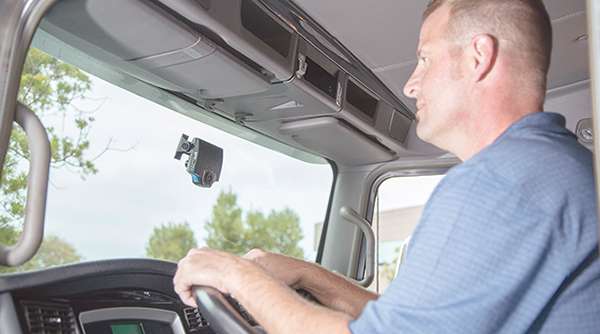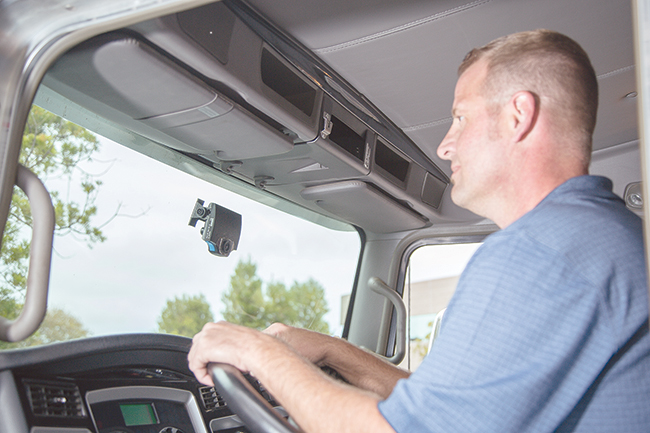Managing Editor, Features and Multimedia
Onboard Video Gains Traction in Trucking

Cameras are everywhere today. They’re embedded in the smartphones we carry in our pockets. They’ve become ubiquitous in all kinds of public buildings for security purposes. Increasingly, local governments are placing them at intersections to capture images of traffic violations. Now homeowners are even installing them on their doorbells.
The trucking industry is no exception to this proliferation of video recording devices throughout our society.

Clevenger
A growing number of fleets are deploying onboard cameras on their trucks, primarily to promote safe driving and protect themselves from false claims and litigation.
Several years ago, onboard video was still a novelty used by only a small percentage of carriers.
Now it has emerged as a full-blown segment within the trucking technology sector.
The number of technology companies offering in-cab video safety systems has expanded, and suppliers of traditional onboard computers and electronic logging devices have introduced camera systems of their own.
In addition to cab cameras, some fleets also have installed side and backup cameras to capture a full view around the vehicle.
This increased visibility can provide trucking companies with even more information about the environment in which their drivers and vehicles are operating.
Fleets are using this technology in a variety of ways, but one core motivation is to ensure that drivers are performing their jobs in a safe manner.

Onboard cameras are an increasingly common sight in truck cabs. (Lytx)
Some trucking companies have installed cameras that face only the road ahead, while others have installed two-way cameras that record what is happening both on the road and inside the cab during critical events such as a hard-braking incident or sudden swerve.
These recordings can reveal instances of fatigued or distracted driving, creating opportunities for fleets to provide driver coaching and address the unsafe behavior before it leads to a crash.
The video also can capture examples of great driving that prevented a potential accident, or can even exonerate drivers who were not at fault when one does occur.
That added liability protection has become a major selling point in the eyes of trucking companies, who have become an attractive target for plaintiff’s attorneys.
Video footage can serve as evidence that can fend off litigation in cases where the truck driver did not cause the crash.
Otherwise, the case may come down to one person’s word against another’s, perhaps leading to an expensive settlement.
This protection from false claims also is important to drivers, who otherwise might balk at having cameras in their rolling workplaces.
While some inevitably will continue to see onboard cameras as an Orwellian Big Brother watching from the windshield, it’s clear that driver acceptance of these video systems is increasing.
At the same time, the wealth of information captured by these cameras is giving fleets deeper insights into their businesses, revealing hidden opportunities to improve safety or efficiency. (See story)
Ultimately, the growing use of cameras in trucking will provide fleet managers with a more accurate picture of what is really happening out on the road.
And for companies that truly place safety above all else, that information is essential.

